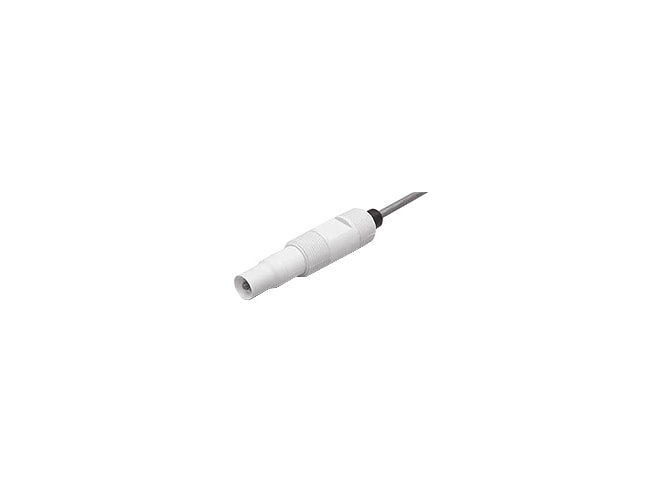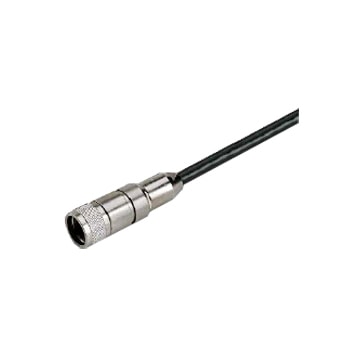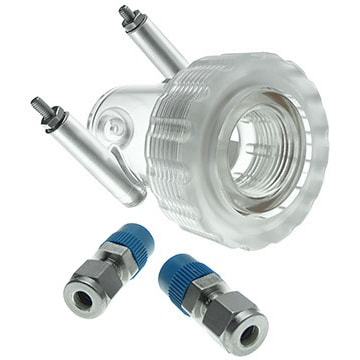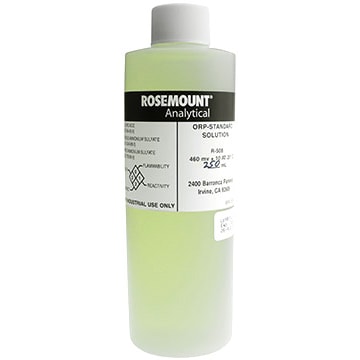
Rosemount Analytical Model 396P / 396PVP TUpH pH/ORP Sensors
Submersion, insertion, polypropylene, SMART enabled, Silcore technology.
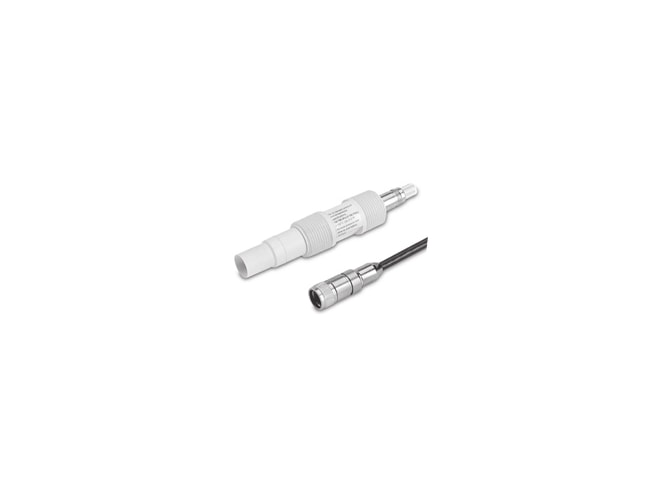
Overview
Features
- SMART enabled
- Silcore technology provides increased sensor life
- Quick cable to sensor release
- Minimal sensor maintenance
- Maximum sensor life
- Field proven Accuglass
- Advanced sensor diagnostics
Description
The Rosemount Analytical Model 396P / 396PVP TUpH pH/ORP Sensors are SMART enabled (-01). SMART preamplifier option is the standard option with the 396P. In addition, the 396P features an optional integral hermetically sealed preamplifier with 25 ft cable lengths. The 396P is housed in a molded reinforced polypropylene body with 1 in. MNPT threads suitable for insertion, submersion or flow through installation. The sensor includes a general purpose pH electrode or a platinum ORP electrode, a reference junction and a solution ground. The 396P comes standard with a recessed electrode; an optional slotted tip is also available. Automatic temperature compensation, Pt 100 or 3K Balco, is standard with the 396P.
The 396PVP Sensor has similar features to the 396P. The 396PVP is now SMART enabled (-70). SMART is the standard preamplifier option. The 396PVP is offered with the Variopol (VP) connector, that uses a mating VP cable (purchased separately). A remote preamplifier must be used if non-SMART option is selected.
Documents
Accessories
Cables
Mounting Bracket
Solutions
Accessories
Please consider these optional accessories.
Applications
This product can be used in the following applications:
Here's how some of our customers use this product...
Measuring the pH of Dyes
The Background: Our customer is a textile manufacturer that dyes the fabrics they make. They require an accurate means of measuring the pH of those dyes.
The Problem: The dyes can transfer into the internal reference solution of the pH electrode and block the absorption channel “wick” affecting the accuracy of the electrode.
The Solution: We recommended the Rosemount Analytical 396P pH/ORP Sensors. The 396P was designed with a very large junction so it takes longer to coat than traditional pH electrodes thus reducing blockage and extending the life of the electrode.
Need Help? Call a Flow engineer at 1-800-884-4967
We're open 8:00 am to 5:30 pm ET


